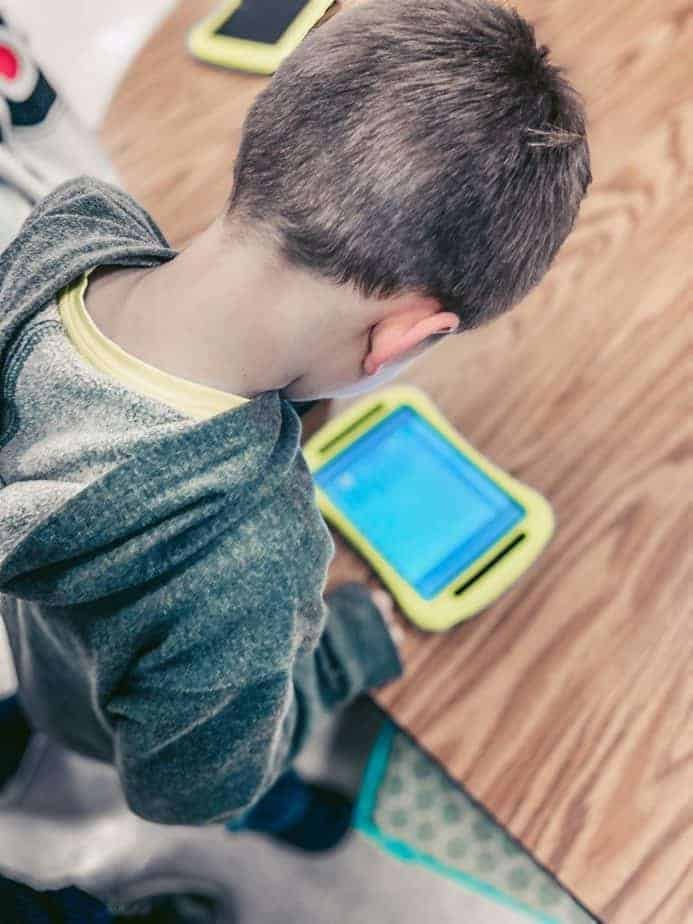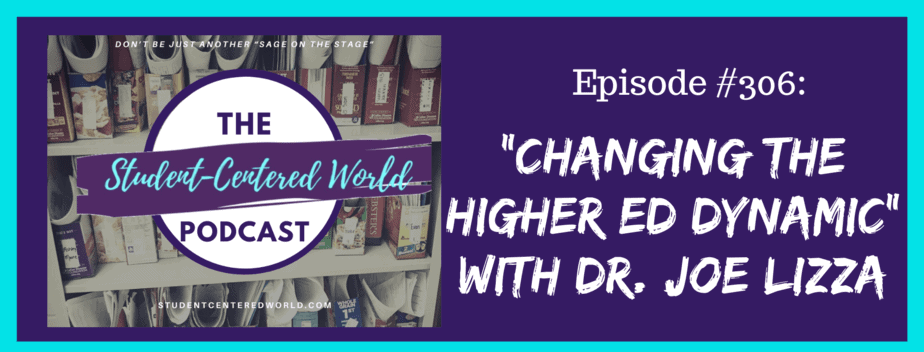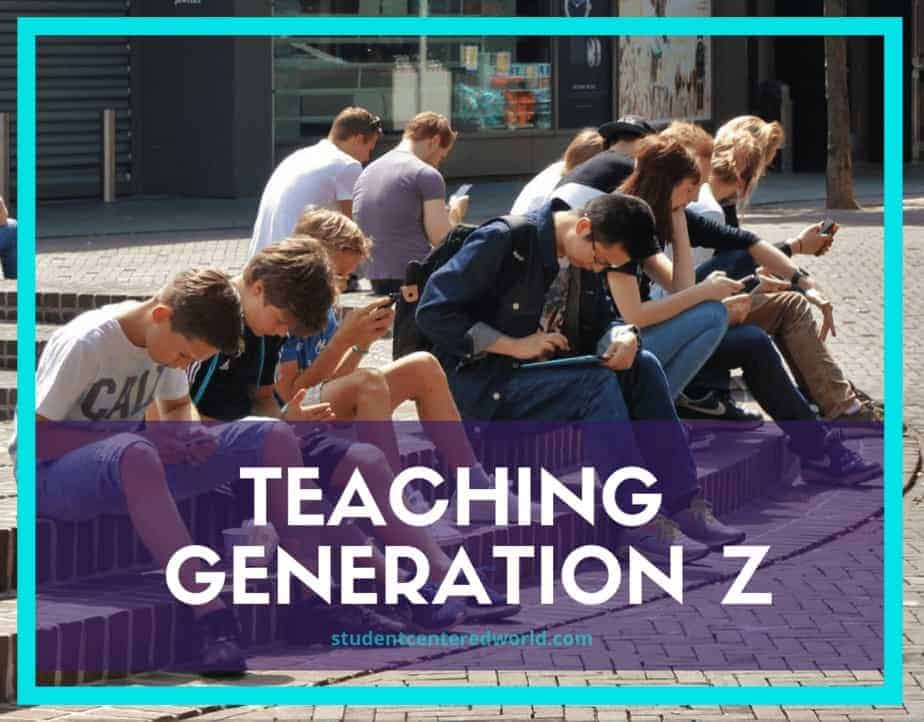Student Engagement Strategies: What to Center On for Success
Click above to listen to the Student-Centered World podcast, Episode 17: Student Engagement Strategies.
In today’s rapidly evolving educational landscape, the challenge of fostering student engagement in classrooms—from elementary and middle school through high school and beyond—has become a critical focus for educators. This concern stems from the unique characteristics of Generation Z and Generation Alpha, both of whom navigate a digital world that shapes their learning experiences and cognitive and emotional engagement in fundamentally new ways.
Expanding on the foundational concepts of student engagement, it’s essential to explore not only the strategies to improve it but also the underlying dynamics that influence student interaction, participation, and success in educational settings. As the landscape of education shifts toward a digital, connected, and more individualized approach, student engagement remains a top priority for teachers, school leaders, and educational researchers.
Understanding the Concept of Student Engagement
At its core, student engagement encompasses multiple dimensions of student involvement in their educational journey, including behavioral engagement, emotional engagement, and cognitive engagement. Behavioral engagement refers to students’ participation in school activities, class sessions, and adherence to classroom norms. Emotional engagement reflects students’ sense of belonging, their emotional connection to the school, and their enthusiasm toward learning.
Cognitive engagement relates to the depth of investment students bring to understanding the subject matter, embracing critical thinking, and becoming active participants in their own learning.
Together, these elements create a continuum of engagement that fosters not only academic success but also holistic personal growth and development. School engagement strategies need to address all three dimensions, as student engagement often thrives in environments that connect emotional investment, behavioral norms, and intellectual curiosity.

But let’s talk about the elephant in the room: the number one reason that kids end up not doing the work, not engaging in the work, and not wanting to come to class, is that somehow they have come up with the idea that it doesn’t matter.
It might be that your class doesn’t matter. It might be that, you know, they know that they’re not being graded on something, so it doesn’t matter. And when we think that a student feels like it doesn’t matter, the first thing that we do is go to the grade to make it matter, somehow, we may get more points…or if you don’t do this, it will pull your grade down. And as teachers, we have a tendency to jump right towards grades to try to fix that problem.
But here’s the issue with that. I want you to let this marinate for a minute and let you digest it.
When you do that, it stresses out the “good” kids.
Now, you might have some opportunities where they ended up getting a little bit extra credit or something, and that’s great. But for the most part, when you add more great incentives, it makes the really high-flying kids stressed out because they feel like they need to do better than they already are.
This is why it’s important to find a happy medium that works consistently for all students.
The Benefits of High Student Engagement
When students are genuinely engaged, the positive impact ripples beyond mere academic success. Engaged students show higher levels of school attendance, increased academic performance, and greater participation in extracurricular activities and student organizations. Studies by organizations like Gallup indicate that students who are engaged are more likely to succeed academically and demonstrate higher school retention and graduation rates. Beyond academics, engagement fosters resilience, adaptability, and an overall sense of belonging in the school community.
As noted by educational experts like Nancy Frey and Doug Fisher (both influential figures in promoting student-centered approaches), engagement in learning requires educators to focus on developing a supportive environment that encourages students to be curious and active. This means integrating social factors, creating a supportive social environment, and embedding open-ended questions and group discussions into classroom activities to make the learning experience more dynamic and relatable.
Strategy 1: Eliminating Confusion in the Learning Process
One of the first barriers to student engagement is often clarity. Students disengage when they feel lost or unsure about what is expected of them. Eliminating confusion is essential, especially in a world where digital tools and online platforms have multiplied, sometimes creating complex paths for students to navigate.
An effective strategy to overcome this is to centralize all resources in one accessible hub. For example, teachers can utilize platforms like Google Classroom or Microsoft Teams to consolidate materials and make them available in one location. When students know exactly where to find assignments, course material, and instructions, they’re more likely to engage because they feel supported and can focus on the learning process instead of logistics.
Moreover, clearly communicated expectations and simplified instruction are crucial, especially for younger students or those who are less tech-savvy. By creating a predictable structure, students are better able to follow along without getting overwhelmed by the mechanics of finding information. New teachers can benefit from this approach by ensuring that both they and their students have a streamlined, consistent process for accessing educational resources.
Strategy 2: Maintaining Interest with Varied Learning Experiences
The challenge of maintaining interest is especially relevant today as students are accustomed to fast-paced, interactive media and instant gratification. To keep students engaged, educators can introduce a variety of activities and formats to present content, sparking students’ curiosity and encouraging them to become active participants in their education.
For instance, teachers can diversify their methods by incorporating experiential learning, such as virtual field trips, project-based learning, and group work. Research has shown that active learning techniques lead to higher engagement levels and deeper understanding. For example, incorporating tools like Nearpod or EDPuzzle can turn a lecture into an interactive session where students answer questions, participate in polls, and engage with multimedia content. These varied approaches help increase students’ attention and facilitate active learning.
In my own teaching, I found that using creative activities related to historical events, such as connecting students with pen pals from different countries, provided a sense of purpose and real-world relevance. Such social support activities resonate with students, as they see the practical application of their studies and are motivated by the stories of others.
Strategy 3: Establishing Accountability Beyond Grades
A fundamental part of student engagement involves creating accountability mechanisms that don’t rely solely on grades. Traditional grading systems may not always motivate students, especially those who are either highly successful academically (and feel the pressure to maintain high grades) or those who are disengaged and don’t feel that grades are relevant to them.
Accountability beyond grades means connecting students’ sense of responsibility to their peers and the school community. Group work and class discussions are effective ways to foster a social environment where students feel that their contributions matter to the collective success of the class. Classroom discussions that are guided and structured allow students to feel their ideas are valued and essential to the learning environment.

Positive peer accountability, often termed positive peer pressure, can create a supportive atmosphere where students encourage each other to participate. This can be particularly effective with high school students, who often respond well to a sense of community and mutual respect within the classroom. Establishing this type of engagement is vital, as it reinforces a student’s commitment to not only their own success but to the group’s achievements as well.
Encouraging Emotional and Cognitive Engagement
The emotional engagement of students is another pillar in fostering a meaningful educational experience. Students who feel emotionally connected to their school and educators are more likely to be engaged in learning. As Dr. Amy Berry from the Australian Council noted in her research, emotional engagement creates a bond that helps students feel valued, respected, and understood.
In practice, this translates to teachers developing genuine relationships with students, showing empathy, and understanding individual challenges.
To foster cognitive engagement, teachers should focus on tasks that stimulate critical thinking and problem-solving skills. Asking open-ended questions encourages students to think deeply, make connections, and explore different areas of a subject. This approach makes students more likely to retain information and apply it meaningfully.
Student Engagement Across Different Grade Levels
Student engagement strategies need to be adaptable to different grade levels. Young children in elementary school benefit from hands-on, physical activities and group work that allow them to explore ideas and develop social skills.
For middle school students, engagement might focus more on extracurricular activities and small groups to foster both independence and teamwork.
In high school classrooms, student organizations and class sessions that allow for in-depth discussions, debates, and project-based learning can spark intrinsic motivation and help students connect learning to their future aspirations.
The Role of School Leaders and School Engagement Initiatives
School leaders play a pivotal role in fostering a school culture that values student engagement. They can support teachers by implementing professional development programs focused on student engagement strategies and providing resources for teachers to experiment with new approaches to teaching. Professional development that centers on student engagement equips teachers with the knowledge and skills to create more dynamic, inclusive, and engaging learning experiences.
Additionally, school leaders can facilitate curriculum development that incorporates student-centered learning and personalized learning approaches. By creating a culture where student voice and choice are prioritized, schools can foster an environment that encourages students’ interests and promotes academic outcomes aligned with students’ personal and academic growth.
Encouraging Students to Take Ownership of Their Learning
Helping students take ownership of their learning process is an important goal for teachers seeking to build lasting engagement. Student-centered learning methods, including flipped classrooms and self-directed projects, encourage students to see themselves as the drivers of their own learning journey. Students who feel in control of their learning are more likely to be motivated and engaged.
By promoting self-reflection and allowing students to set personal learning goals, teachers can encourage students to take an active role in their education. Goal-setting and reflection activities, coupled with feedback loops, allow students to see the connection between their efforts and their achievements, fostering a sense of accomplishment and pride.
Supporting New Teachers in Engagement Strategies
For new teachers, student engagement can be particularly challenging. Many teachers may feel overwhelmed, unsure of how to implement engagement strategies effectively. Mentorship programs and support networks are essential to help new teachers develop good educational practices in engagement.
Access to a mentor who can provide extensive experience in engagement methods can help new teachers develop confidence and competence in creating engaging lessons that resonate with students.
The Impact of Student Engagement on Future Success
Engagement in school has lasting effects on students’ future success and personal growth. Research fellows in educational research often highlight the strong connection between engagement in secondary education and success in higher education and the workforce. Student engagement helps cultivate resilience, adaptability, and critical thinking—skills that are essential for success in college, careers, and life.
Moreover, student engagement fosters a deeper sense of purpose and self-efficacy, as students who are actively involved in their learning often develop confidence in their abilities to overcome challenges and achieve their goals. This confidence translates into a proactive approach to opportunities in higher education and the workforce, where individuals who have learned to engage deeply are more likely to take initiative, seek feedback, and pursue growth.
By experiencing the rewards of hard work and perseverance through engaged learning, students build the intrinsic motivation necessary to navigate the complexities of adulthood, fostering not only academic and professional achievements but also meaningful personal development.
Final Thoughts on Student Engagement
As educators, our ultimate goal is to support student success by creating an environment that nurtures intrinsic motivation, fosters a sense of belonging, and challenges students to take charge of their learning. By implementing strategies that support behavioral, emotional, and cognitive engagement, educators can make a lasting impact on students’ lives and set them on a path to success.
In conclusion, increasing student engagement requires a holistic approach that combines clear instruction, varied learning experiences, emotional support, and positive accountability. Embracing this approach can help students become more invested in their education, resulting in a richer, more fulfilling educational experience that goes far beyond the classroom.
Stop Driving the Teacher Struggle Bus
Are you struggling with student engagement, apathy, or keeping your class on track?
💫💫 There’s hope! 💫💫
If you’re ready to take the first step towards reviving student engagement and transforming your classroom, I invite you to join me for my free workshop “Reversing Student Apathy” designed to equip educators with innovative strategies that work.

This free teacher workshop offers educators a valuable opportunity to explore and address student apathy. By examining its causes and discussing strategies, participants will learn how to make meaningful changes in their teaching methods that are actually working. The sessions are engaging and collaborative, allowing educators to share experiences and develop a collective approach to improving student engagement.
Highlights include:
- Understanding the roots of student apathy and its impact.
- Strategies for enhancing classroom dynamics.
- The importance of educator-student relationships.
- Innovative teaching approaches for today’s students.
By the end of the workshop, you will not only understand what you need to accomplish to stabilize the 4 pillars of your classroom, but you will also walk away with 5 tangible ideas to try in the classroom the very next day.
Join today to be part of the solution to reigniting student enthusiasm and engagement.
This article was originally published on September 13, 2020.





